Act I
Scene 1
Morning in the Italian Renaissance city of Verona. Romeo, of the Montague family, greets the awakening day. As the city comes to life, Romeo is joined by two friends, Mercutio and Benvolio, and the market square is soon filled with people. The bitter enmity between the Montague and Capulet families emerges with the arrival of Tybalt, a Capulet. Innocuous teasing escalates into swordplay as Tybalt fights with Benvolio and Mercutio.
Lord and Lady Capulet and Lord and Lady Montague enter. There is a brief lull in the fighting but soon Capulet and Montague take up swords themselves. The Duke of Verona enters with his guards and intervenes, chastening all of the combatants. The crowd parts, revealing the bodies of two dead young men.
Scene 2
In her bedroom, Juliet, the daughter of Lord and Lady Capulet, plays affectionately with her Nurse as she prepares for a ball. Her mother enters and tells her of Paris, an aristocratic suitor, whom they expect Juliet to marry. Her father enters with Paris. Juliet is uncertain about the arrangement but she receives Paris graciously.
Scene 3
A lavish ball at the Capulet home. Juliet is being displayed by her father for the assembled guests. Disguised by masks, Romeo, Mercutio and Benvolio slip unannounced into the ball. When Romeo sees Juliet, he is immediately lovestruck. After Juliet dances with Paris, Romeo approaches her and professes his feelings. Juliet immediately falls in love. Tybalt, Juliet’s cousin, suspects the interloper and unmasks him, revealing his true identity. Enraged at Romeo’s effrontery, the hotheaded Tybalt demands revenge but he is stopped by Lord Capulet. As the guests depart, Tybalt warns Juliet to stay away from Romeo.
Scene 4
Later that night, Romeo waits beneath Juliet’s balcony. When she appears at her window he makes his presence known. Juliet comes down to him and, despite the danger of their situation which has now become all too clear to both, they pledge their love to each other.
Act II
Scene 1
In the market square, Romeo, delirious with love, is gently mocked by Mercutio and Benvolio. Juliet’s Nurse arrives, bearing a letter to Romeo from Juliet, agreeing to secretly marry him. Romeo is overjoyed.
Scene 2
As planned, Romeo and Juliet meet with Friar Laurence, who has offered to marry them despite the risk, in the hope that it might bring peace to the warring families. He performs the ceremony and the two young lovers are wed.
Scene 3
In the market square, Mercutio and Benvolio encounter Tybalt. Mercutio taunts Tybalt. Romeo enters. Tybalt challenges Romeo to a swordfight but Romeo refuses. Mercutio is less reluctant and, after an exchange of insults, he and Tybalt cross swords and fight. Romeo seeks to intervene and stop them but inadvertently abets Mercutio’s death. A griefstricken and guiltridden Romeo takes up a sword and fights Tybalt, killing him. Lord and Lady Capulet enter, distraught to find Tybalt dead. The Duke arrives and as his guards bear away the bodies of Tybalt and Mercutio, he angrily banishes Romeo, who flees.
Act III
Scene 1
Juliet’s bedroom at dawn. Romeo, although banished, has stayed for his wedding night with Juliet. But now, however sorrowfully, Romeo must depart, before they are discovered. After Romeo has gone, Juliet’s parents enter with Paris and tell her that she is to marry him the following day. Juliet protests but her father brutally silences her. In despair, Juliet rushes off to seek help from Friar Laurence.
Scene 2
In his cell, Friar Laurence gives Juliet a vial containing a sleeping draught that will simulate death. He will send word of the plan to Romeo, who will return to rescue her from the family vault when she has awakened.
Scene 3
Juliet returns to her bedroom, where she pretends to bow to her parents’ will and marry Paris. Left alone, however, she takes the sleeping draught and falls into a death-like slumber on her bed. In the morning, Lord and Lady Capulet, Paris, the Nurse and several bridesmaids arrive to wake Juliet. The Nurse tries to rouse her but when she doesn’t respond, everyone believes she is dead.
Scene 4
In the Capulet vault, Juliet lies still in her death-like sleep. Romeo enters, but not having received Friar Laurence’s message, believes Juliet is really dead. In despair, he drinks a lethal poison to join her in death. Before he dies, though, he sees Juliet awaken and he realizes the cruel extent of what has happened. When Romeo is dead, Juliet takes his knife and kills herself. The Montagues and Lord Capulet, the Duke, Friar Laurence and others enter to discover the terrible scene. Realizing the part their enmity has played in the tragedy, the Capulets and Montague are reconciled in their sorrow.


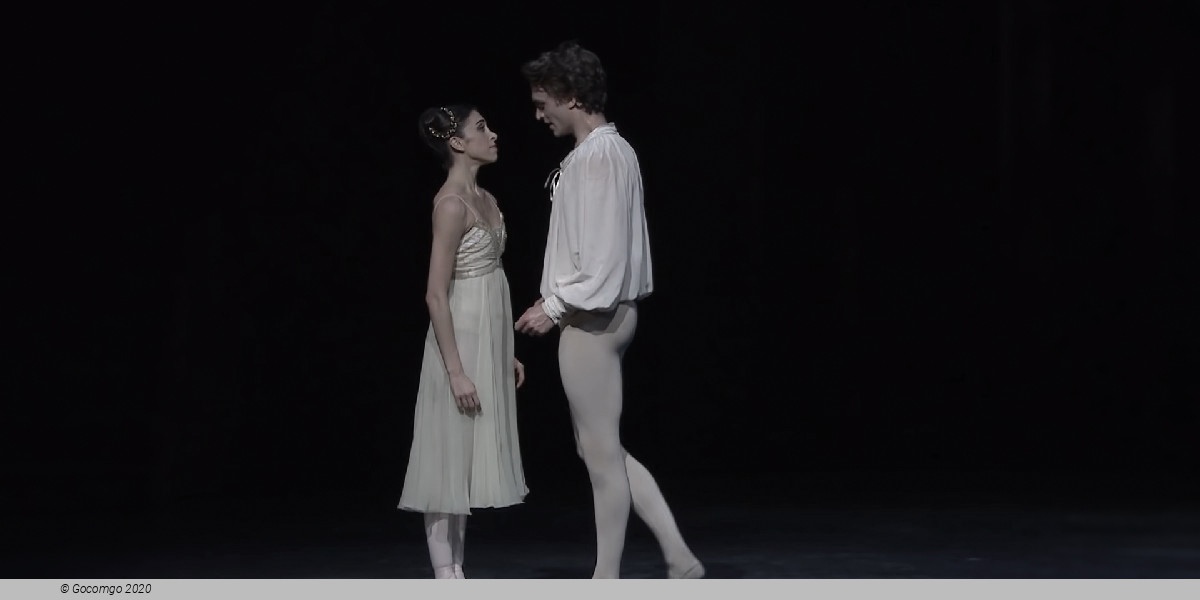

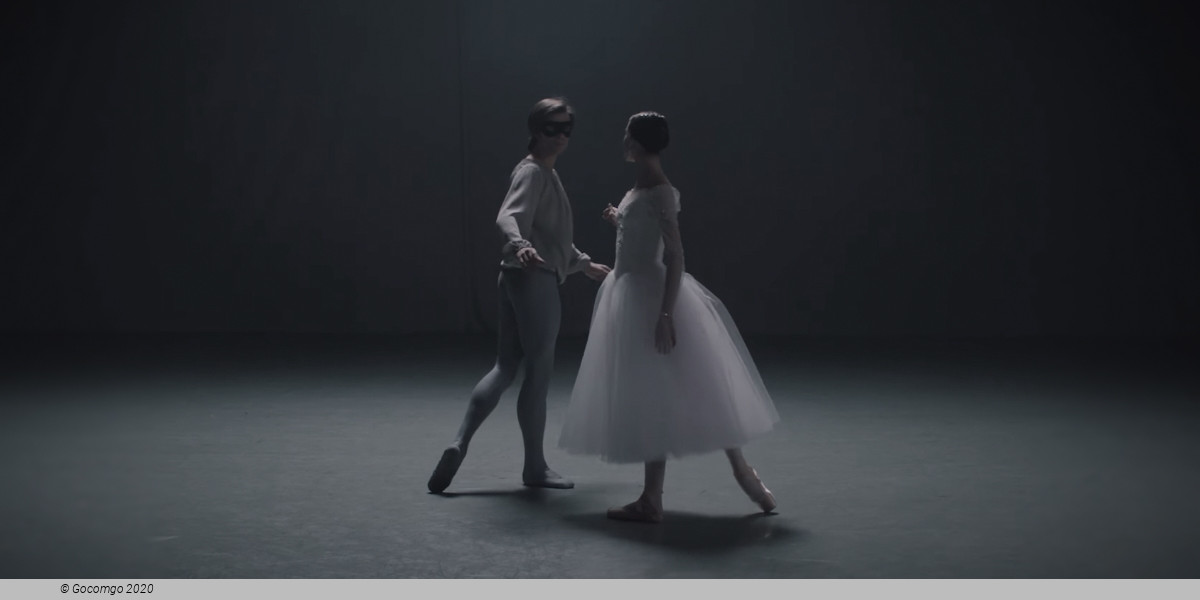
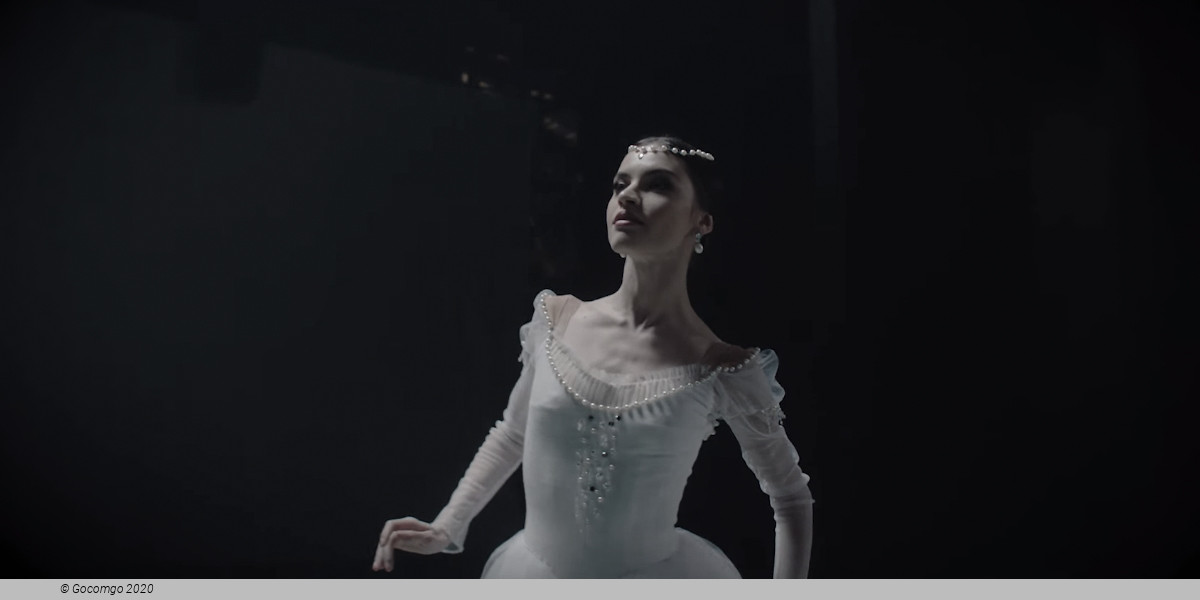
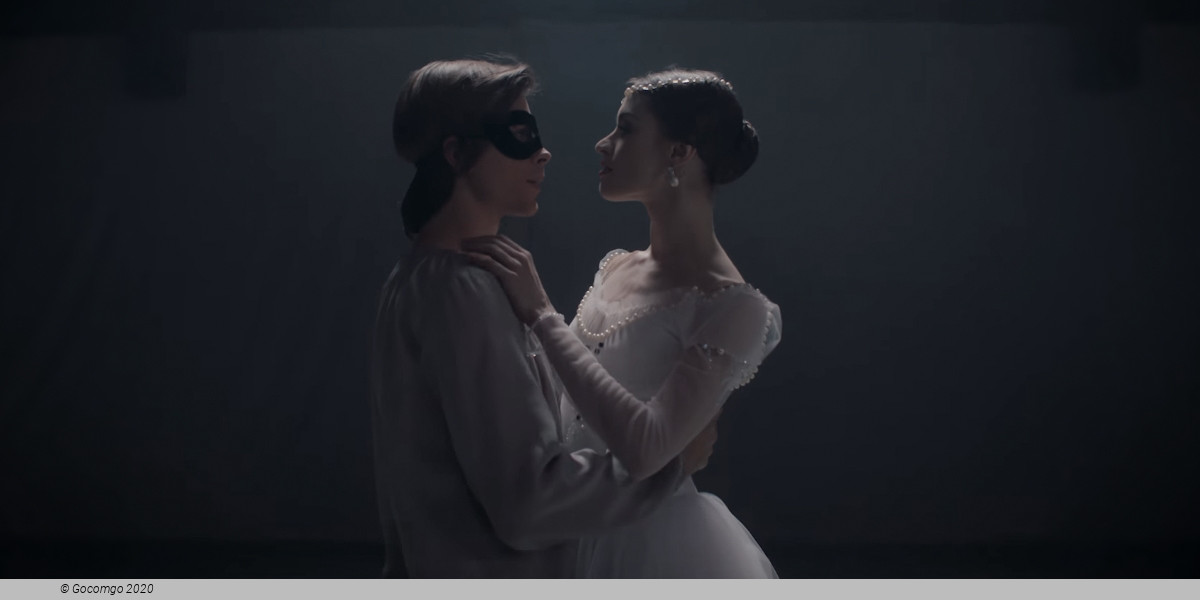
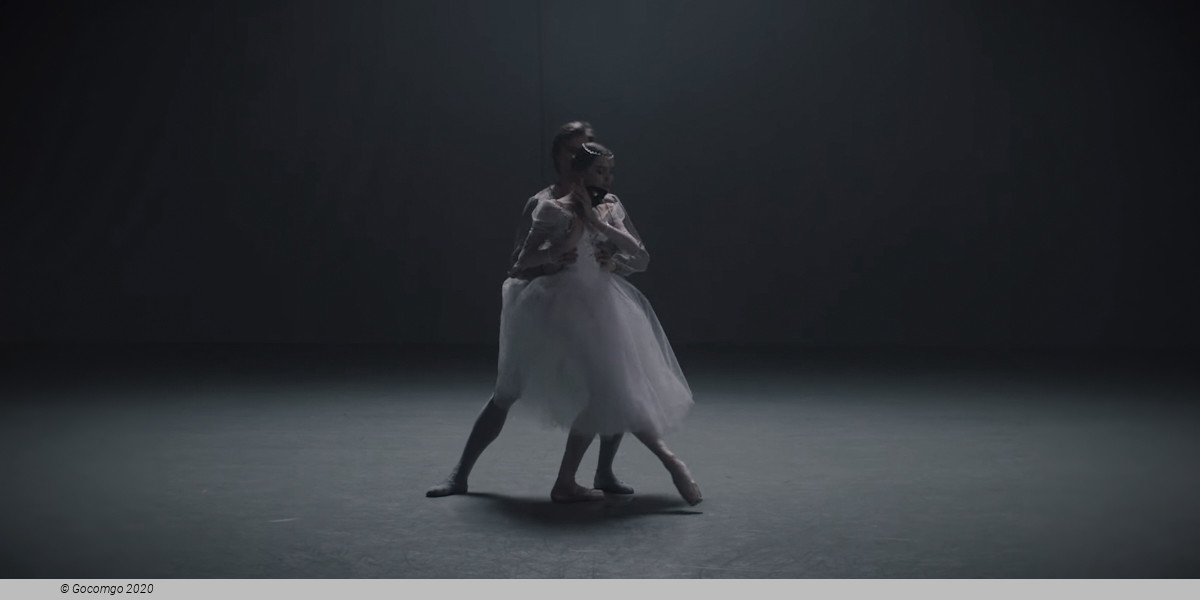
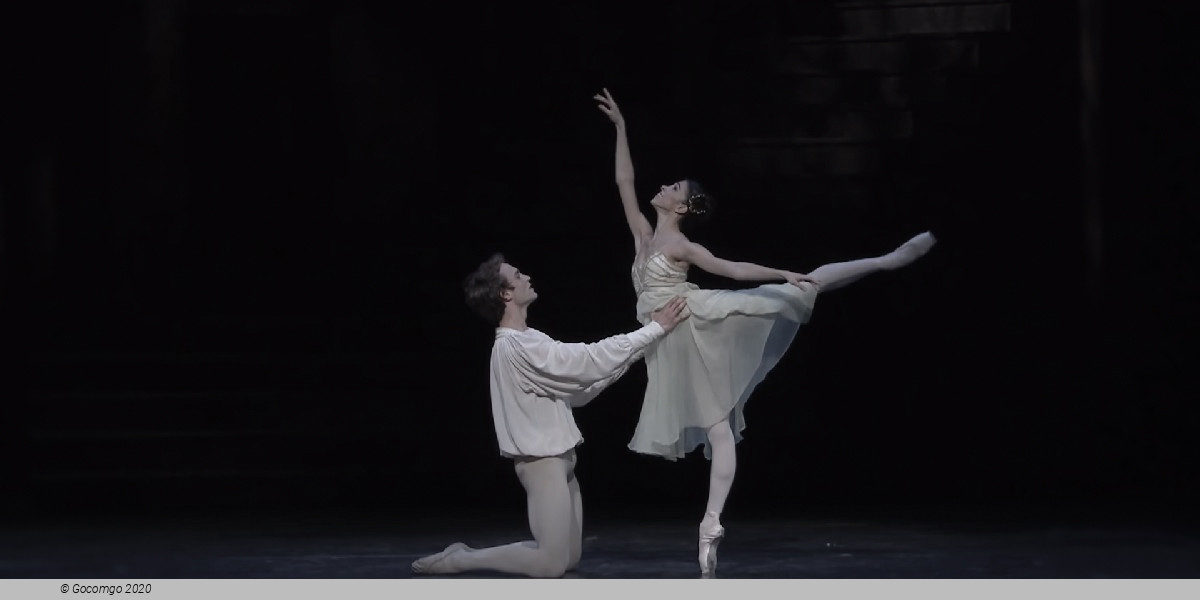
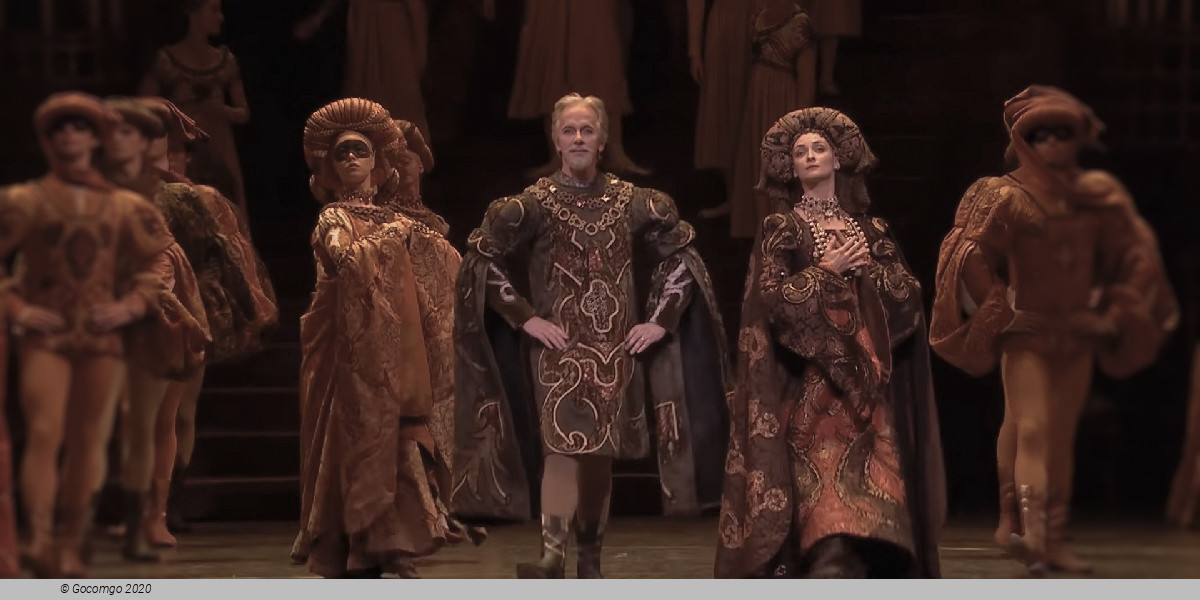
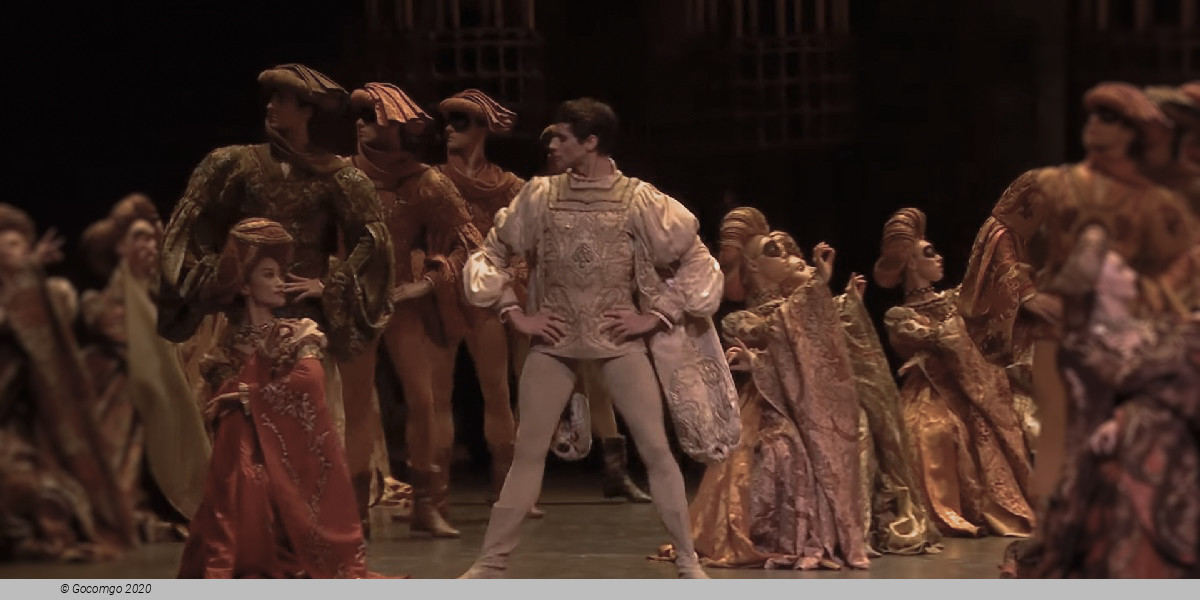
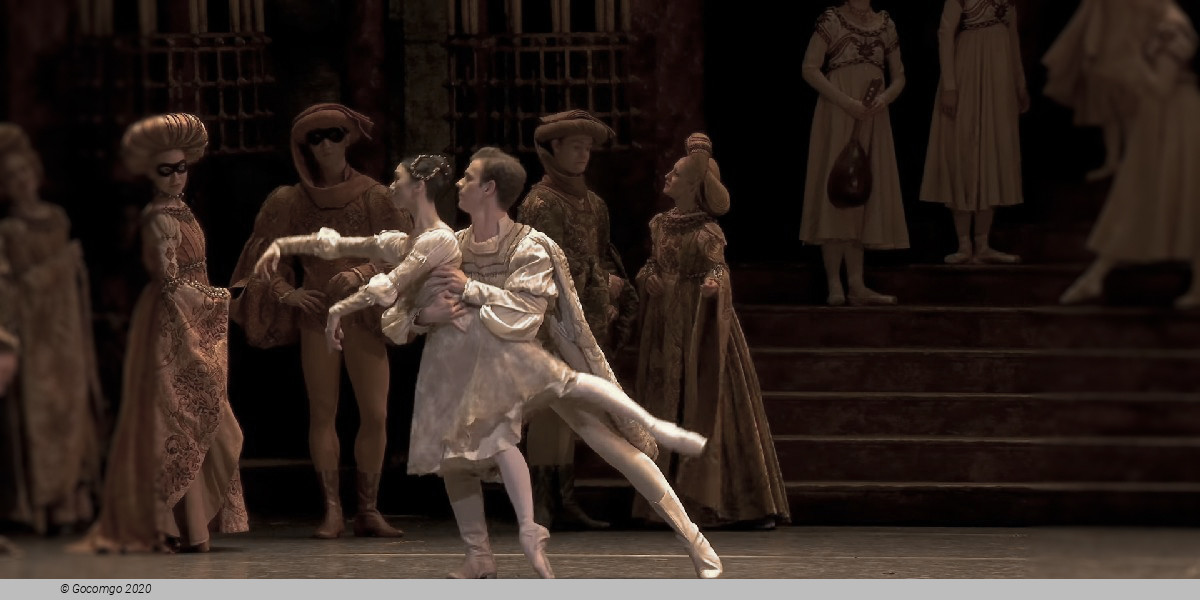
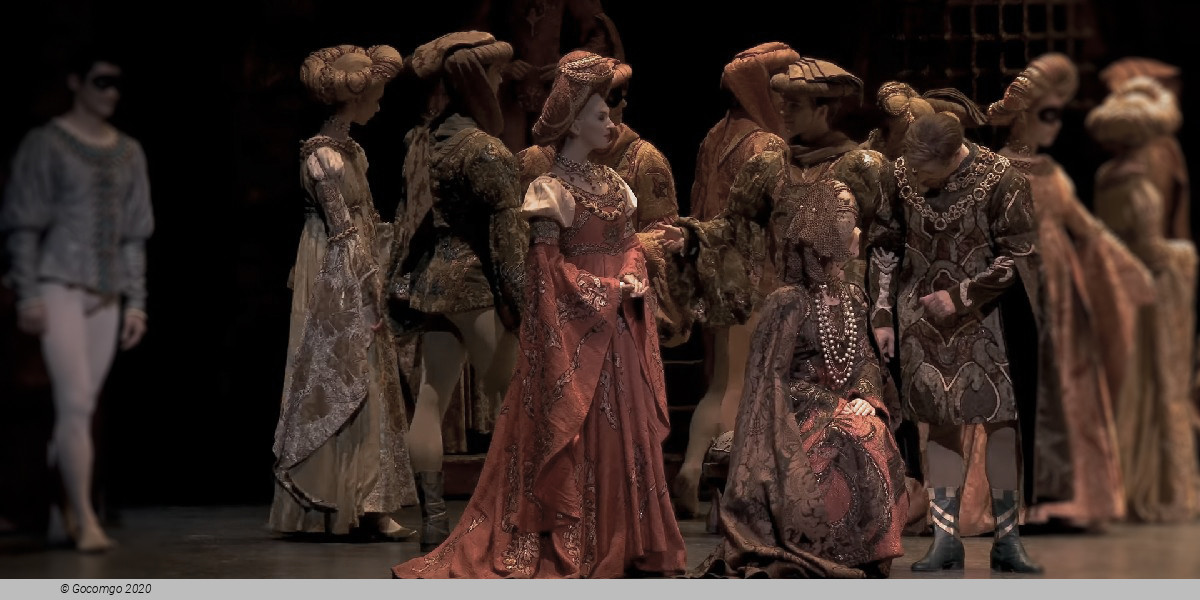

 Teatralnaya Square 1
Teatralnaya Square 1